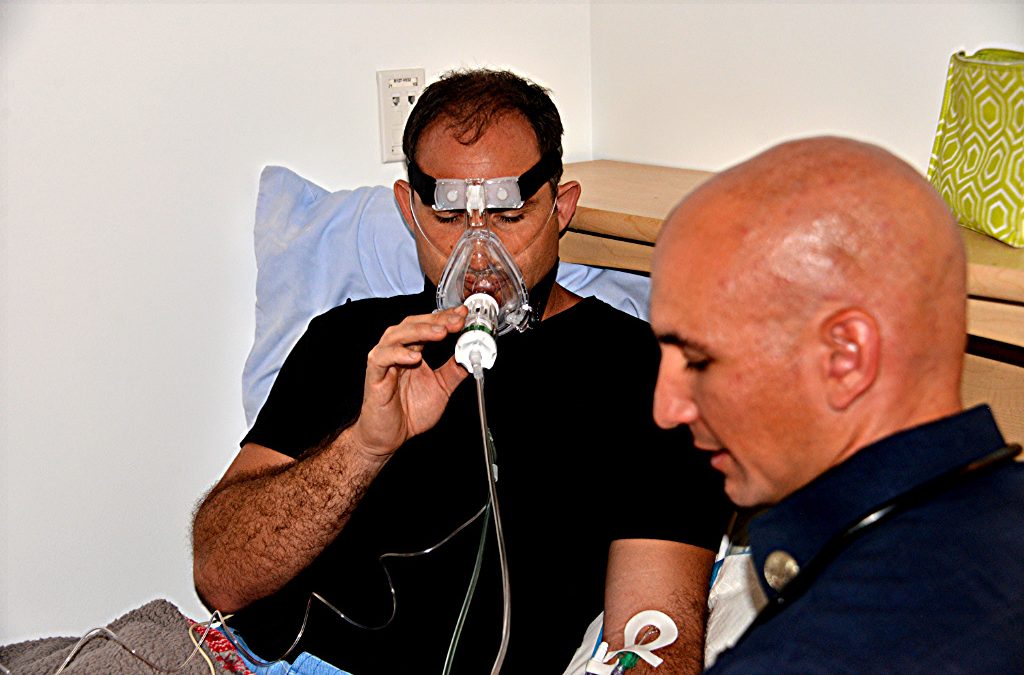
Training Tips for CPAP and BiPAP
Training helps improve skills in both the art and science of using CPAP or BiPAP to improve patient outcomes.

Training helps improve skills in both the art and science of using CPAP or BiPAP to improve patient outcomes.
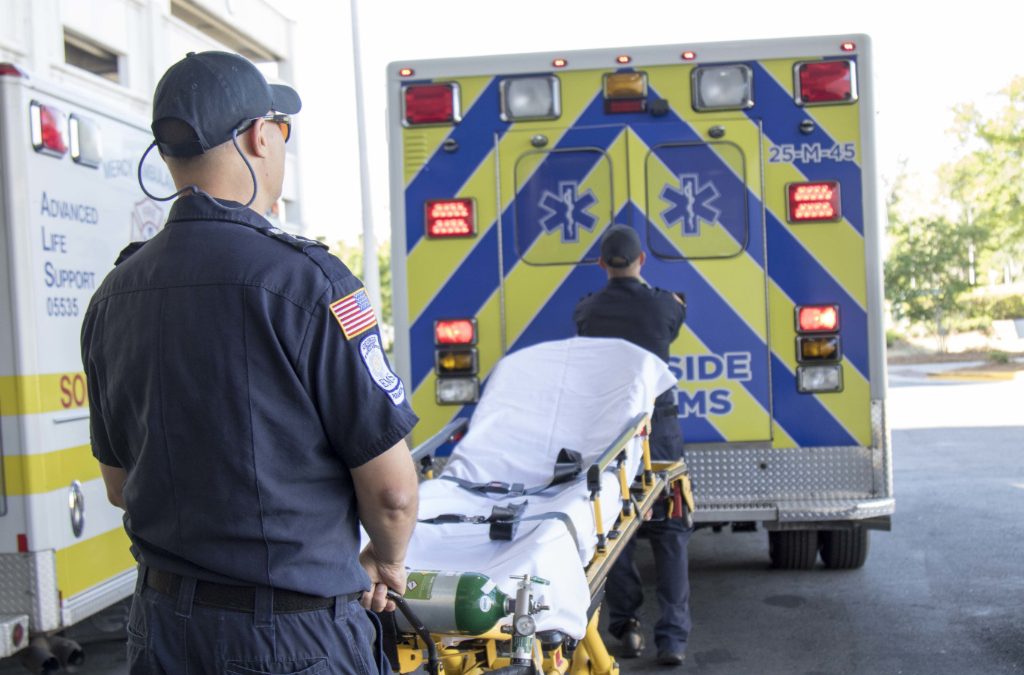
This column will compare and contrast NIV modalities and highlight advantages, disadvantages and selection criteria to help you.
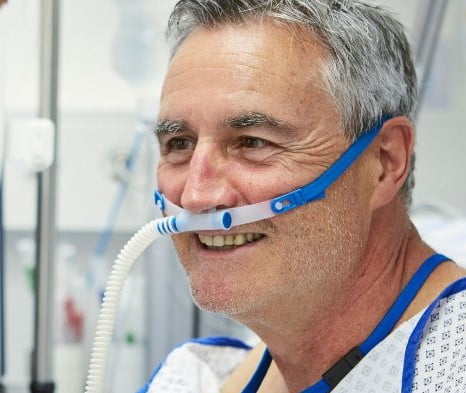
The COVID pandemic has focused new attention on the value of the high-flow nasal cannula.
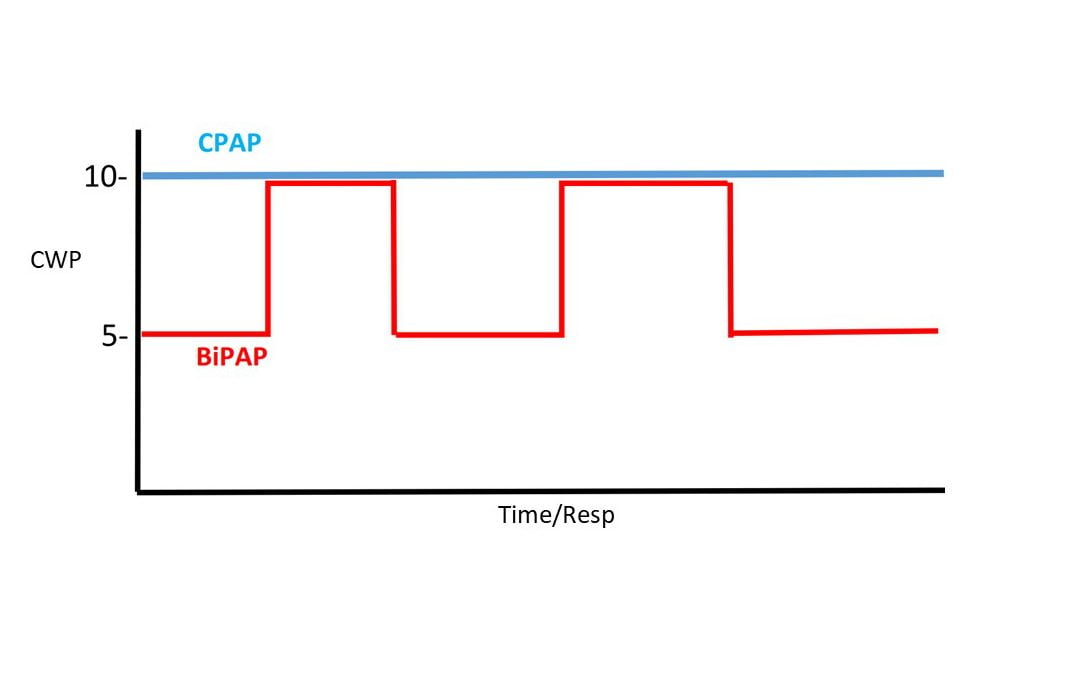
This article reviews the essentials of BiPAP, how it differs from CPAP, and summarizes potential advantages and disadvantages.
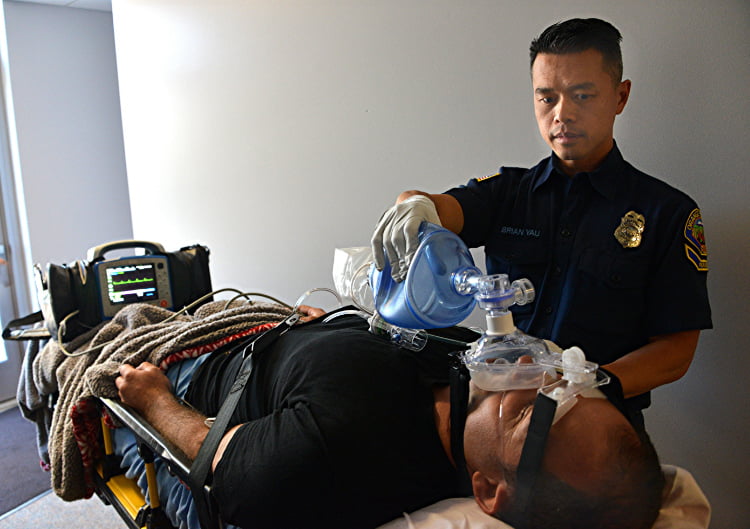
Lifesaving procedures like CPAP pose tremendous risk to patients if miscommunications occur during handoffs. The focus of this article is on reducing these errors.
Recent Comments